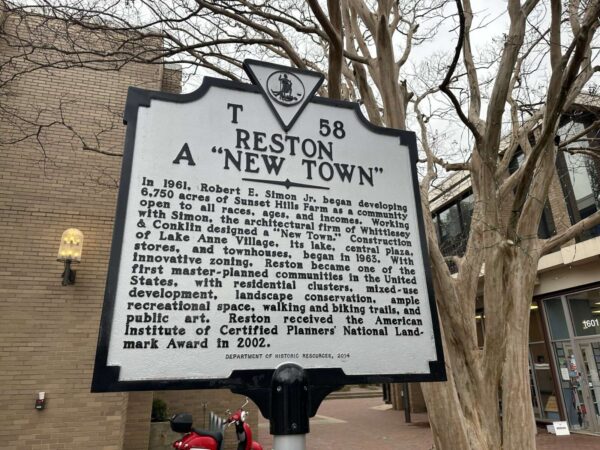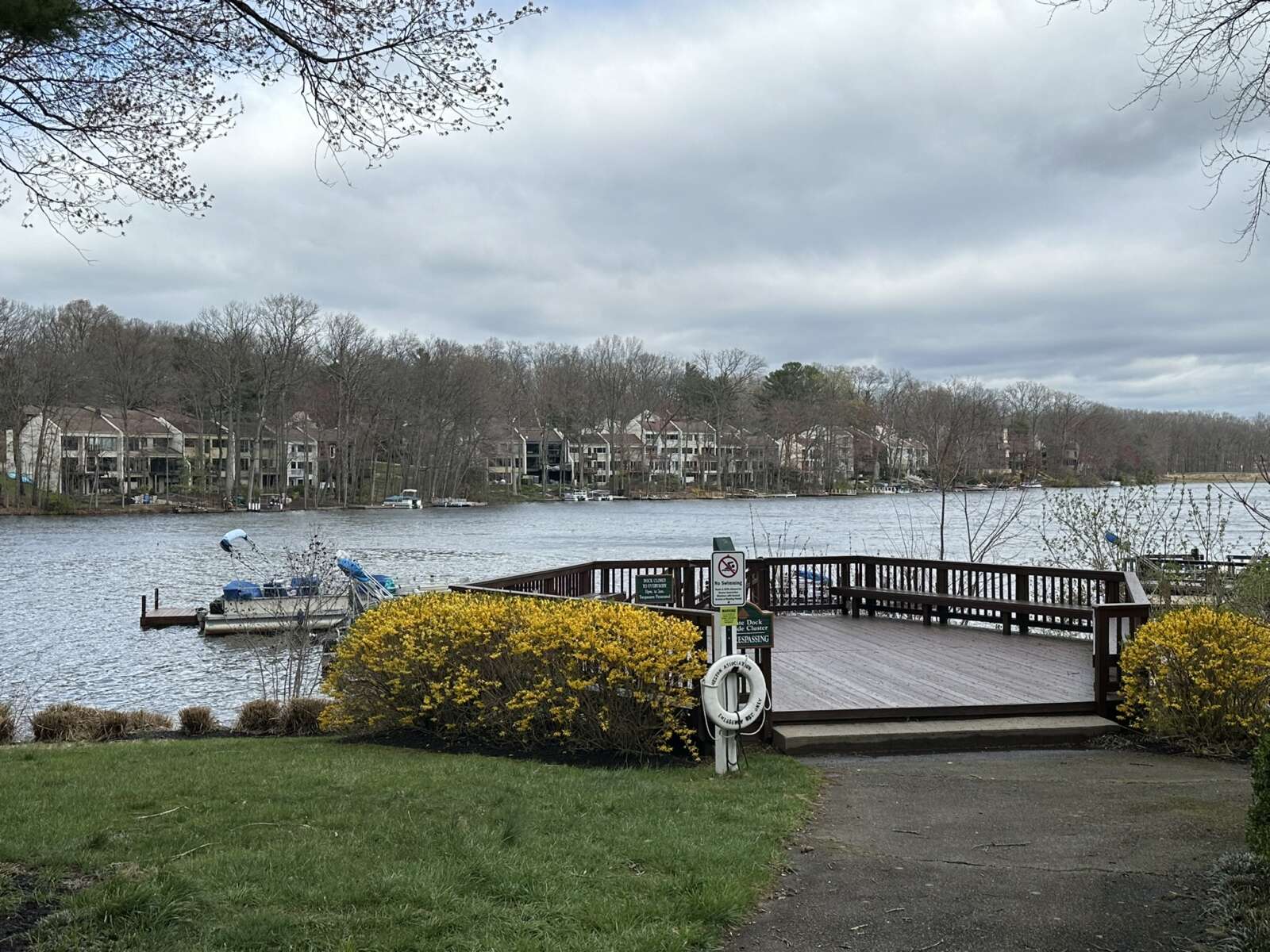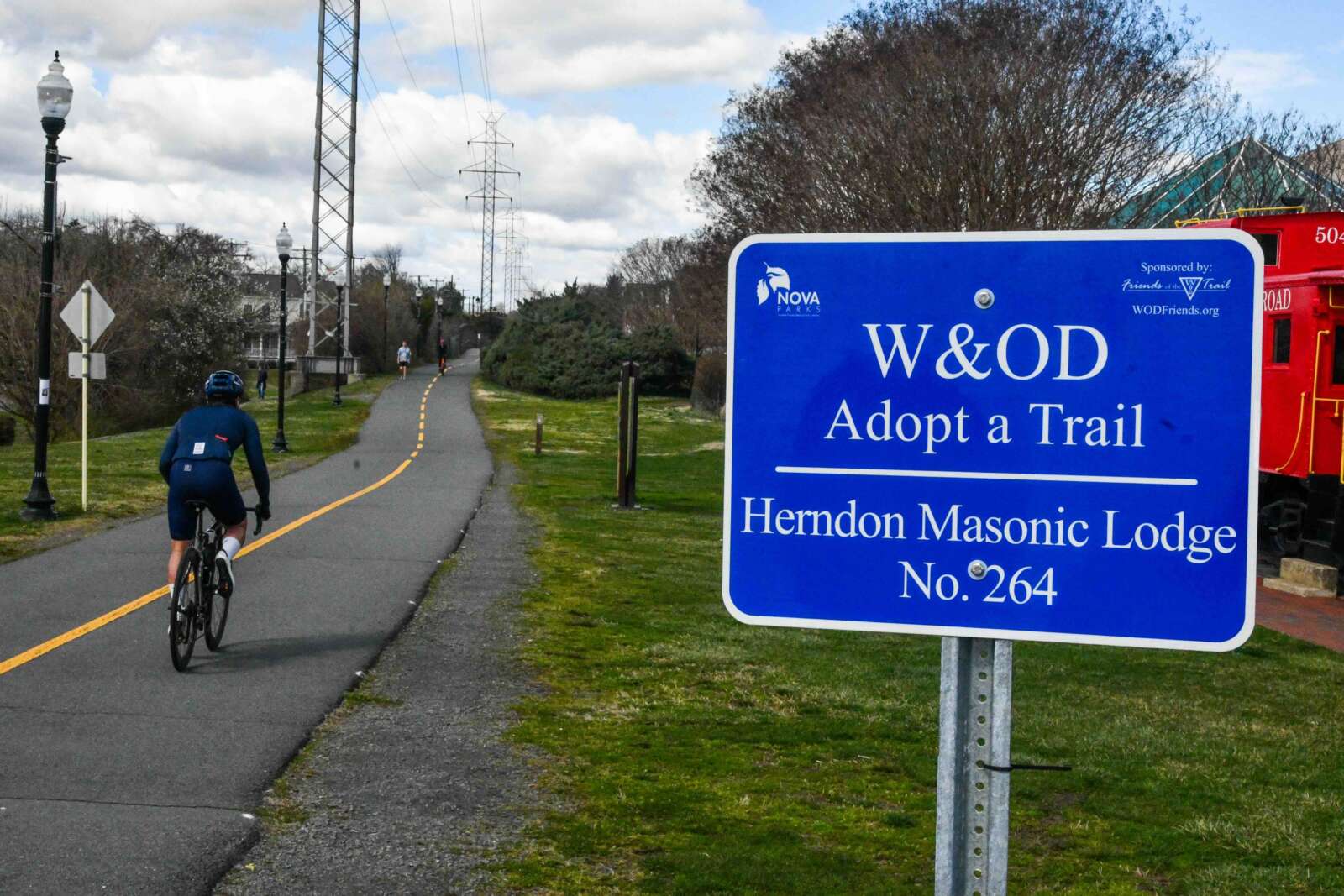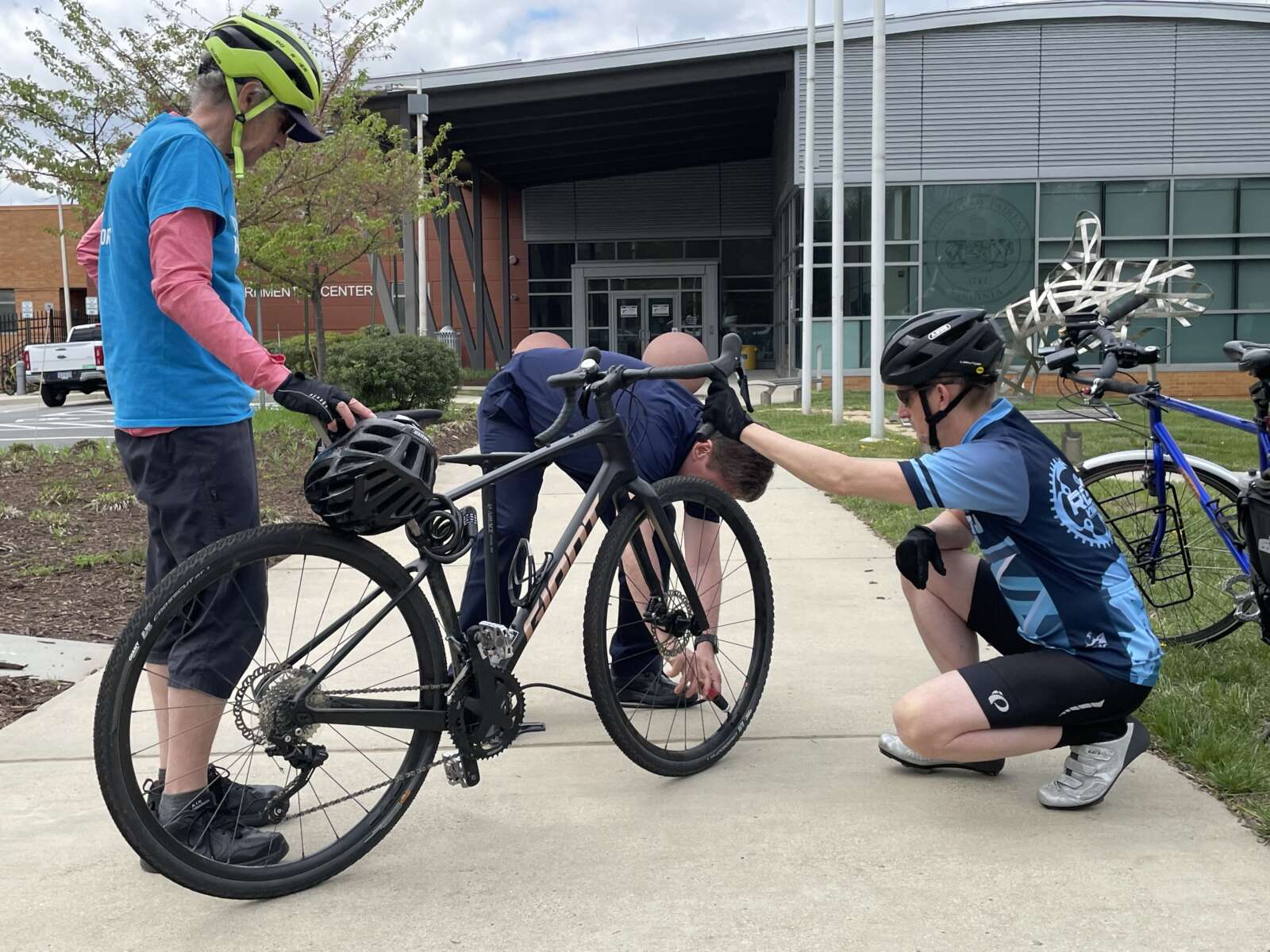
Fairfax County staff have released their final word on a draft version of the Reston Comprehensive Plan, a guiding document for holistic community planning that was last updated in 2015.
Released yesterday (Wednesday), the staff report shortens and tweaks the first version of the plan, which was developed by a Reston Comprehensive Plan task force, a 31-member group convened by Hunter Mill District Supervisor Walter Alcorn in 2020.
In response to concerns raised by the Fairfax County Board of Supervisors, staff’s recommendations for the plan tighten prescriptive policy language in the first proposal and condense several separate sections into one chapter on planning for the new town of Reston.
“This chapter of the proposed plan does not break new policy ground, nor is it prescriptive,” the report states.
In the report, staff noted that their version of the plan aims to maintain the existing residential densities in Reston’s village centers, removing the option of housing in non-residential portions. Any changes would require another amendment to the plan.
The proposal also aims to preserve existing market and affordable housing in Reston — although that language is an encouragement, rather than a mandate.
The idea of biophilia — a designation given to communities that protect and cultivate nature while creating deep connections with the natural world — is also emphasized in future planning and development in Reston.
As alluded to during previous discussions in April, the latest plan includes a chapter called “Planning a New Town” that combines the principles of equity, community health and economic development under an umbrella chapter instead of separate ones.
“I am looking forward to reviewing the staff report to ensure that it includes the essence of goals from that Board Matter three years ago. Last updated in 2015, the Reston Comprehensive Plan is the guiding document for land use and development decisions in Reston,” Alcorn wrote in his weekly newsletter to constituents.
The task force’s initial version drew consternation from the board, which saw it as overtly prescriptive and an overstep of what the county can require by law. The board also worried it would set a precedent of establishing separate principles of community health and equity for one community within the county.
The staff’s version of the report also departs from the task force’s version on several key points.
The task force sought to remove an exemption in the plan that removed ground-level retail located in office, hotel and residential buildings from calculations when determining how much a developer should pay into the county’s housing trust fund.
Staff recommended keeping the exemption, which covers Reston’s Transit Station Areas (TSAs), because ground-floor retail provides “substantial contributions to the mix of uses and vital public facilities envisioned in the TSAs.”
Staff also suggested removing language that requires at least 12 full-size athletic fields, including one in or nearby each of the three TSAs. Staff said the need for athletic fields could also be met by increasing capacity at existing fields located near the TSAs.
“Full size athletic fields are typically destination facilities that require approximately 2.5-5 acres for the field alone,” the staff report states.
The chapter on environmental stewardship was also heavily edited in response to concerns about its length and complexity, redundancy with policy plan guidance, and possible difficulties in interpretation and implementation.
Staff also disagreed with the task force’s suggestion to realign the overpass at South Lakes Drive due to grading and geometric concerns, along with possible conflicts with the Washington & Old Dominion Trail.
County staff did agree with the task force’s recommendation of a road between American Dream Way and North Shore Drive to “increase overall connectivity.”
The plan will go before the Fairfax County Planning Commission on June 14 at 7:30 p.m. If the commission recommends approval, the Board of Supervisors will hold a public hearing on July 25. Typically, the board votes following public hearings.
Planning Commissioner John Carter, who represents the Hunter Mill District, is hosting a public hearing on June 6 at South Lakes High School. The meeting will begin at 7:30 pm and will include a presentation followed by a discussion.





